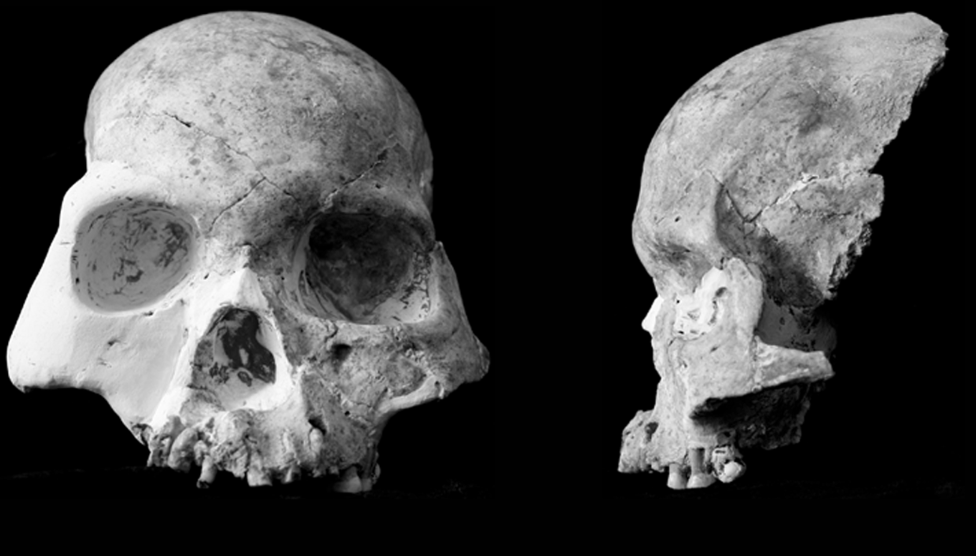New Scientist
Image: Darren Curnoe
And so it begins. For years, evolutionary biologists have predicted that new human species would start popping up in Asia as we begin to look closely at fossilised bones found there. A new analysis of bones from south-west China suggests there’s truth to the forecast.
The distinctive skull was unearthed in 1979 in Longlin cave, Guangxi Province, but has only now been fully analysed. It has thick bones, prominent brow ridges, a short flat face and lacks a typically human chin. “In short, it is anatomically unique among all members of the human evolutionary tree,” says Darren Curnoe at the University of New South Wales in Sydney, Australia.
The skull, he says, presents an unusual mosaic of primitive features like those seen in our ancestors hundreds of thousands of years ago, with some modern traits similar to living people.
What’s more, Curnoe and Ji Xueping of Yunnan University, China, have found more evidence of the new hominin at a second site – Malu cave in Yunnan Province. Curnoe has dubbed the new group the Red Deer Cave people because of their penchant for venison. “There is evidence that they cooked large deer in Malu cave,” he says. Read more on newscientist.com…








